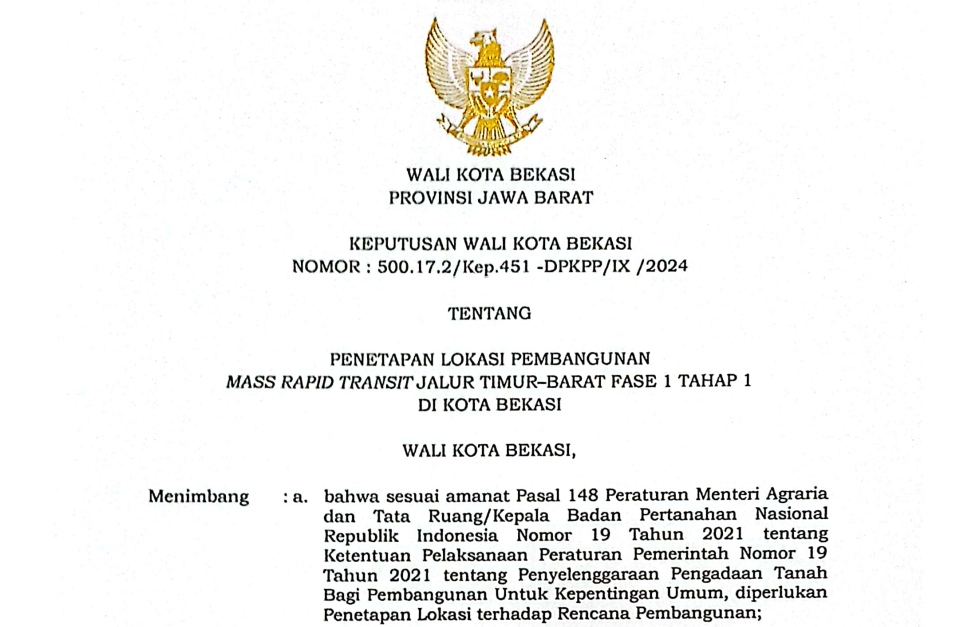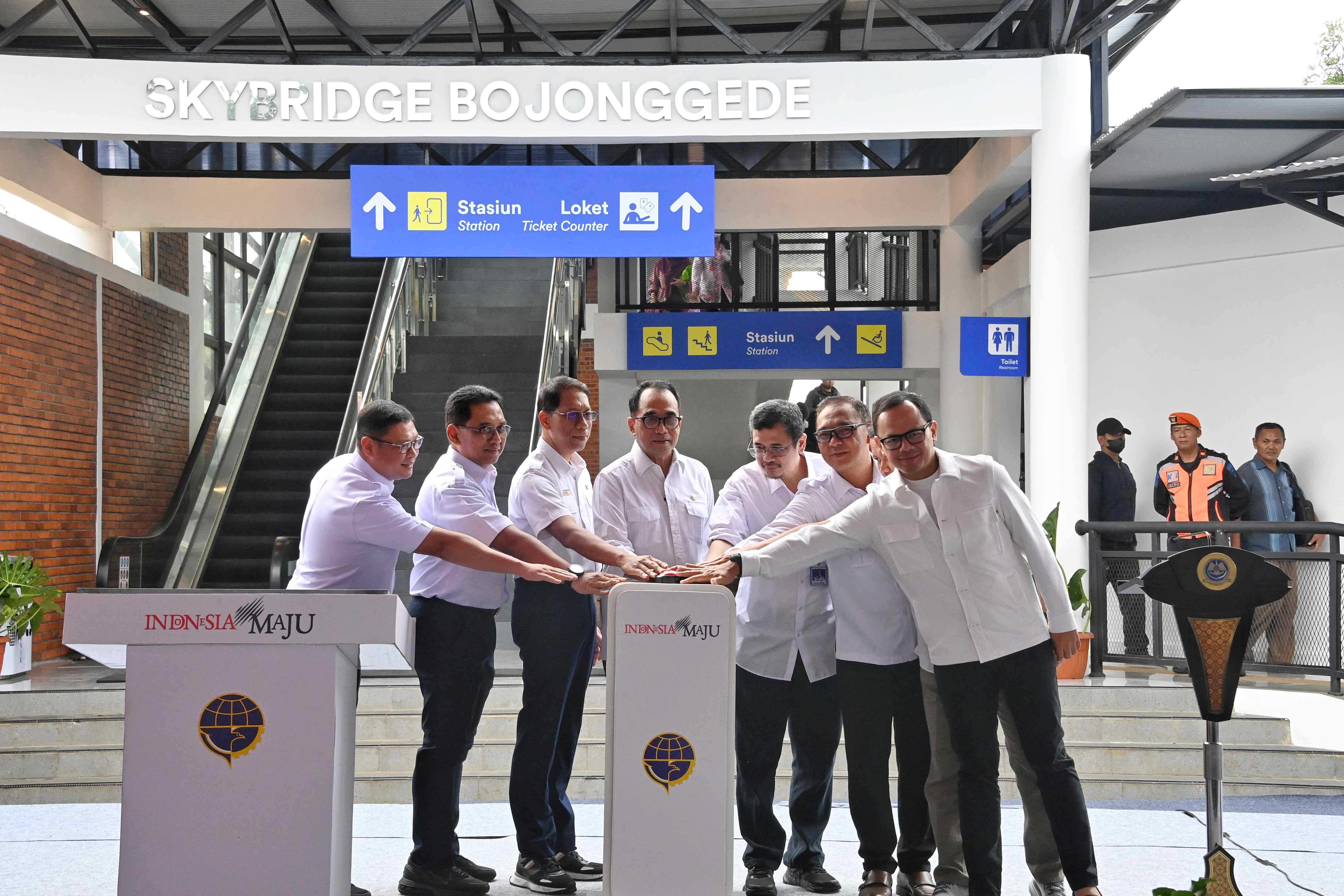The Importance of Reinforcement and Ground Improvement Methods for Railway Infrastructure Development
Purwokerto (23/2) - Reinforcement and soil improvement became one of important focuses in the construction of railway infrastructure. This was conveyed by the Head of Sub-Directorate of Railway Lines and Buildings Region I, Mohammad Fatawi on behalf of the Director of Railway Infrastructure in the Technical Guidance on Reinforcement and Ground Improvement for the Construction of Railway Lines and Buildings on Friday 23 February 2024.
"Reinforcement and soil improvement is one of the important part in construction development, especially on railway lines and buildings, which makes it the initial basis for determining the quality of all work in construction," said the Head of Sub-Directorate of Railway Lines and Buildings Region I.
However, railway infrastructure construction work in Indonesia is also followed by geographical challenges that need special attention.
"The selection of technically appropriate soil reinforcement and repair methods and taking into account field conditions is an obligation that must be met as a condition for continuing other work on the construction of railway track and building infrastructure so that the results of construction work are in accordance with quality and under the planned life," he added.
Geotechnical expert from the Bandung Institute of Technology (ITB) Dedi Apriadi confirmed the challenges faced by engineers in completing the construction process such as soil availability and selection of construction methods either repairing or strengthening the soil.
"When you have met the design criteria, what is equally important is determining the design soil parameters. So it is not enough that the design has met the design criteria, but it must also be able to be done in the field," explained Dedi Apriadi in the presentation of material at the technical guidance in the first session.
Furthermore, Dedi Apriadi also explained that in the construction process to pay attention not only to direct costs during construction but also long term maintenance costs, duration of complation to cost benefits.
"That is the challenge as an engineer to work professionally. Many methods of reinforcement and soil improvement can be used in conditions where the duration of work is relatively short even though we are dealing with soft soil for example," he explained.
Technical Guidance on Reinforcement and Soil Improvement for the Construction of Railway Lines and Buildings was filled with discussions related to reinforcement and soil improvement followed by case studies of construction work which were also delivered by construction expert Wendra Komara who was also a resource person in the second session.
The Directorate of Railway Infrastructure consistently strives to continue to improve competence and enrich the knowledge of each Human Resource (HR) enrich the knowledge of every Human Resource (HR) in the field of railway infrastructure development.
Based on the mandate of the Law, the Directorate of Railway Infrastructure also plays a role in organizing the Implementation of National Railways as a whole to ensure the objectives of implementing railways. The plan for the development and implementation of railways as outlined in the 2030 National Railway Master Plan (RIPNas) requires strong synergy between all parties in completing development programs and finding solutions to problems that arise.
Technical Guidance which was also attended by technical directorates and centers within the Directorate General of Railways is ultimately expected to assist in planning and implementing railway infrastructure projects more efficiently and sustainably. (DPP)





.jpeg)
Komentar
LOGIN FOR COMMENT Sign in with Google